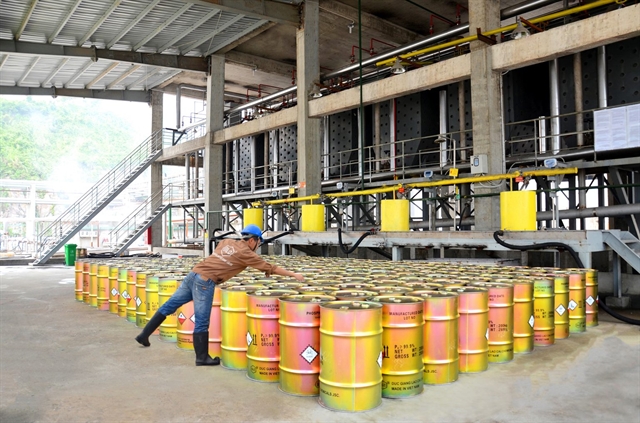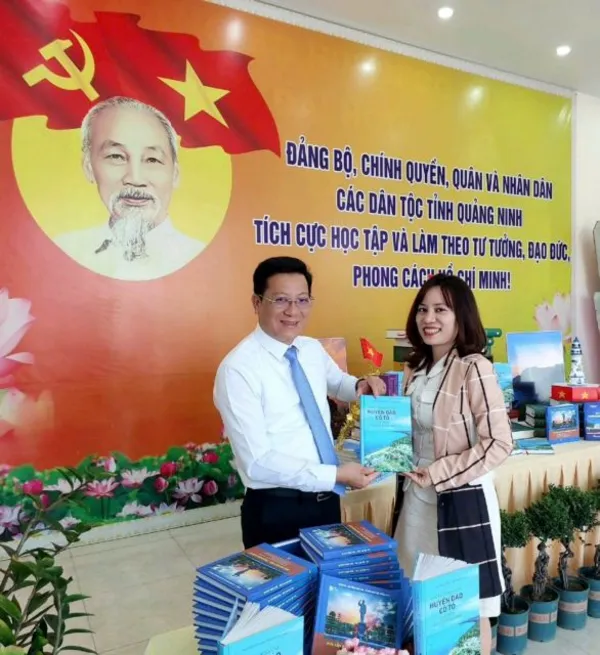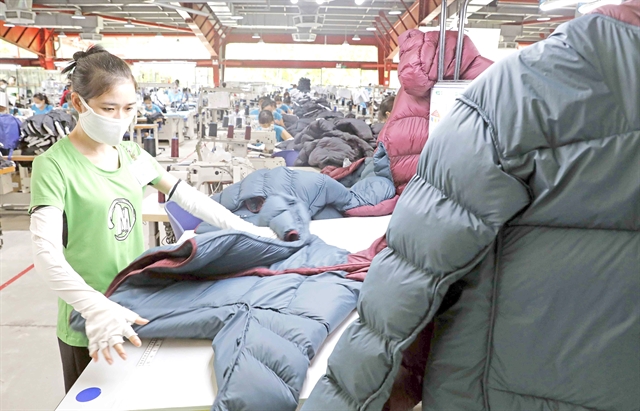 Economy
Economy

 |
| Garment industry contributes significantly to promoting Việt Nam's economic growth. Expanding fiscal policies are critical for economic growth this year. — VNA/VNS Photo Trần Việt |
HÀ NỘI — Drastic institutional reforms are needed to create firm ground for economic growth in the context that persistent challenges, both external and internal, still cloud the growth prospect, experts said.
Nguyễn Đình Cung, former Director of the Central Institute for Economic Management, who has witnessed ups and downs of economic reforms in Việt Nam during the past three decades, said that it seems to be the hardest time ever.
Việt Nam’s economy has a good start with a growth rate of 5.66 per cent in the first quarter of this year, the highest rate since 2020. However, whether the recovery is firm remains a question, Cung said.
He pointed out a number of problems behind the figures.
The index of industrial production (IIP) lacks stability. The purchasing managers’ index was below 50 in March, indicating a contraction. The number of firms quitting the market is also rising.
“The economic recovery in the first quarter lacks a firm ground,” he said.
Statistics of the Agency for Business Registration showed that nearly 74,000 firms quit the market in the first quarter of this year, up 22.8 per cent against the same period last year.
Cung said that there was one firm quitting the market for every four new firms in 2018-22 period. However, from 2023 to March 2024, for every business entering the market, two withdraw.
It is undeniable that both businesses and the overall economy are in significant difficulty, raising a question about future growth, he said.
While exports hardly recover strongly due to external impacts, growth in services – a major driver – is losing momentum on rising inflation but incomes do not improve much.
Private investment has not returned to the previous level. Foreign direct investment attraction has been robust in recent years but the average capital per project since 2015 is lower than the average of the past 30 years.
Cung said that it is necessary to improve the investment climate of Việt Nam to attract huge foreign capital.
With a GDP growth rate target set at 7 per cent per year by 2030, the Vietnamese economy needs to expand at 8 per cent per year on average in the next six years, requiring hastened efforts to accelerate business environment reforms to create a firm ground for economic growth, Cung said.
Việt Nam needs a comprehensive institutional reform, he stressed.
Vũ Thanh Hương from the VNU University of Economics and Business pointed out that the economy is facing persistent risks and uncertainties, including escalating geopolitical tensions, economic instabilities, rapid technology development, climate change and global fragmentation.
According to Trương Văn Cẩm, Deputy President of Việt Nam Textile and Apparel Association, although orders are increasing for the garment industry, caution remains on rising raw materials, production cost, exchange rates, green requirements of major markets and labour shortage.
Ngô Sỹ Hoài, General Secretary of the Việt Nam Timber and Forest Product Association, said the timber industry is facing new deforestation regulations of major markets. Complicated procedures, including tax refunds, are also weighing on the industry.
Phạm Xuân Hoè, former Deputy Director of the Banking Strategy Institute, said that small and medium-sized enterprises (SMEs) still struggle with accessing banking credit. Meanwhile, lending rates remain high. He said that a national credit guarantee fund should be founded to support SMEs.
He said that the target inflation can be increased from 4.5 per cent to 5 per cent, if necessary, to create room for monetary policies.
Public investment will remain a major growth driver this year with a plan of disbursing a sum worth nearly VNĐ700 trillion, a rise of 12 per cent against 2023, expert Cấn Văn Lực said.
There is significant room for expanding fiscal policies, he said, adding that the value added tax reduction should be prolonged to the end of 2024.
Việt Nam should also take the opportunities arising from digital economy, circular economy, green growth, regional linkage, and international integration to promote the economic growth more sustainably, he stressed.
These new growth drivers could help increase GDP by 0.9-1.4 percentage point in the context of global slowdown, Lực said.
The World Bank has forecast Vietnamese economy to expand at 5.5 per cent in 2024 and 6 per cent in 2025. The World Bank’s report released on Tuesday said that after experiencing downturns in 2023, Vietnamese economy has been showing signs of recovery during the first quarter of this year on stronger exports and gradually increasing domestic consumption and private investment.
The Asian Develop Bank has maintained its earlier growth projection for Vietnamese economy at 6 per cent in 2024 and 6.2 per cent in 2025 despite lingering uncertainties in the external environment.
The Vietnamese Government has set the economic growth target at 6-6.5 per cent in 2024.
For 2021-25 period, the country aims to achieve an average growth rate of 6.5-7 per cent per year. — VNS